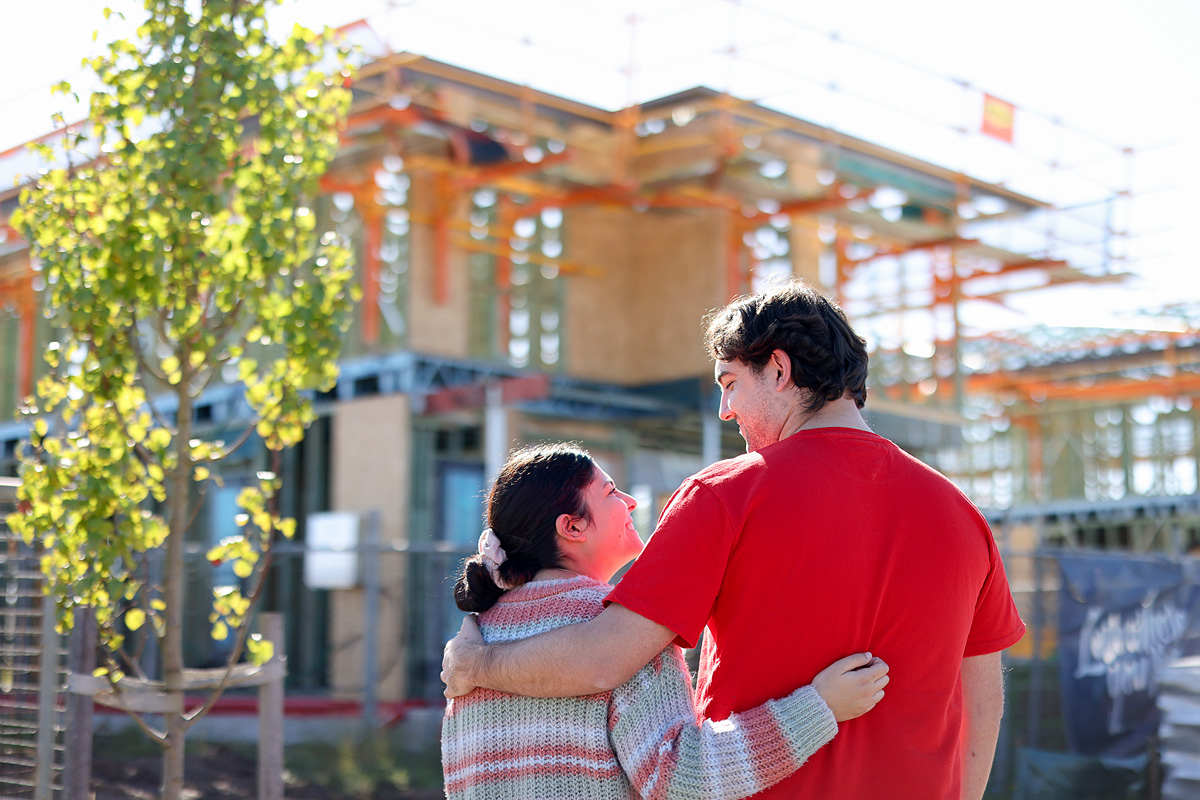New homes built in Sydney
Housing supply in Greater Sydney is forecast to increase by 172,900 over the 6 years to 2028-29.
Annual forecast for Greater Sydney
New housing supply
Housing supply has trended down in recent years, but is expected to pick up from 2024–25 onwards.
House prices and rents have continued to rise in 2023, supported by strong population growth. Increased demand for housing is expected to drive new investment growth as interest rates stabilise.
Some of the projects delayed due to the pandemic-induced and weather-related supply chains disruptions are expected to be completed over the forecast period. Building input costs remain high but have begun to stabilise. Residential construction prices increased 1.3% in the 12-months to March 2024, compared to 11.4% a year prior (ABS 2024).
Constraints on new housing
The forecast over the next 6 years remains well below the peak in 2017–18 and 2018–19 when more than 42,000 additional dwellings were built in Sydney.
There are a large number of dwellings approved but not yet commenced and dwelling approvals are well-below their long-term average.
While cost inflation has begun to ease in the construction sector, capacity constraints continue to impact some developments. There has been a sharp increase in construction sector insolvencies in recent years and businesses continue to face labour shortages for skilled tradespeople.
Higher interest rates are impacting the debt-servicing requirements for new developments, further dampening residential activity.
Methodology for 5-year housing targets
The forecast underpins the planned homes component of the 5-year housing targets in Greater Sydney. The forecast measures net additional dwellings and is adjusted to a gross measure of new homes completed to form a baseline.
